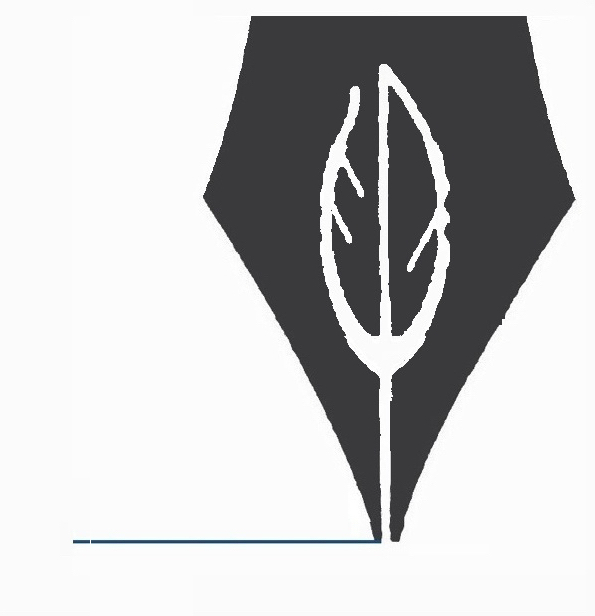The Examination of an Indian Called Magsigpen, alias Graypoole
The examination of an Indian called Magsigpen, alias Graypoole, and by the Albany people, Aert, being examined saith that, returning from Canada with the Mohawks, who had been a fighting there, left said Mohawks in the lake and went with the Schaghticoke Indians a hunting, being eight together in numbers coming upon a creek called Magkaneweck, met with four Indians, vizt., Jethro and others, and so went down said creek together and were seen by eleven Indians that formally lived in New England and now In Canada who followed them all the night (as afterward they understood of them) coming to a falls, carried their canoes into the great river of Connecticut.
.
And just as they were a going into their canoes, the said eleven North Indians came running out of the woods, presented their arms upon the Schaghticoke Indians and called Who are you? And this [1] examined answered, Schaghticoke Indians. The North Indians further asked, Where are you a going and what is your business? The Schaghticoke Indians replied, We are'd a hunting, What people are you? And what your business?
.
The North Indians said, We live in Canada. We are going to fight by order of the Governor of Canada[2] who told us the Mohawks have done great mischief in Canada; therefore go you revenge the same, either on Christians or Indians, kill all what you can, bring no prisoners but their scalps and I will give you ten beavers for every one of them.[3] Then the North Indians made canoes there and so went down said river together two days, being continually upon their guards, without sleeping, challenging the one the other. The eight Schaghticoke Indians told the French Indians, We have been in Canada with the Mohawks, and are you come to revenge it, why do not you fall upon us?
.
The North Indians answered, Dirk Wessell hath been in Canada and brought tidings there that a cessation was made of all hostility between the two governments, and he was but four days gone from Canada when we came from there, upon which the Schaghticoke Indians replied How is there a cessation, and do you go out still? We know nothing of it. And so talking together came to a place called Squakheag where some Christians lives and to a place called Deerfield. There they went to the house of one Mr. Thomas Wells where they lodged with three of the North Indians; what was become of the rest, they know not. The Schaghticoke Indians went and told the Christians, There are eleven Indians that are come from Canada, be upon your guard. We know not whether their hearts are good.
.
The Christians answered, We are not afraid for them. We are not concerned in the wars of Canada. Mr. Thomas Wells told them further, it is best for you to make all haste you can for Schaghticoke and give your Indians notice there of the eleven North Indians, then they may not do them some harm. Upon which, the Schaghticoke Indians departed and acquainted their Indians therewith, as also the magistrates of Albany, who said, how can this be for there is a cessation of all hostility.
.
The said examinant further saith that the names of the said eleven North Indians are as followeth, vizt.,
The chief is called Wampolack, from Pennacook,
Nannoquoset from Pennacook,
Walamaqueet, from idem[4], lived formerly in the Half Moon,
Maquawekanpaweet from Pennacook and his son, whose name they know not,
Tawawekaheake and Nimenaet from Pennacook,
Wawanewejagtack of Quaboag,
Wawagquohaet of Quaboag
Tagpagkamin of Nashaway
Magetwaen of Pocumtuck
Quactsiets, a Wappinger of Hudson's River
And further saith not.
|
Attestation: |
This examination was taken in Albany, September 15, 1688, before us, Stephanus Van Cortland |
|
Cataloguing: |
310, 311 |
[1] Deleted Text: deponent
[2] Jacques-Rene de Brisay de Denonville, 1637-1710
[3] The Northern Indians killed five Algonquian Indians at Spectacle Pond, then moved to Northfield, where they killed six English settlers. Lozier speculates that the war party may have spent some time at Penacook in order to isit their relatives before returning to to the St. Lawrence Valleywith seven scalps and an Algonquian woman captive. For more information about the Wompolack's raid, see John-Francois Lozier, "In Each Other's Arms: France and the St. Lawrence Mission Villages in War and Peace, 1630-1730" (PhD diss, University of Toronto, 2012, 241-243. Calloway, Western Abenakis, pp. 92-93; and Jean François Lozier, ”Lever des chevelures en Nouvelle-France: la politique française du paiement des scalps”, Revue d'histoire de l'Amerique francaise 56, 4 (Spring 2003), 242, 243.
[4] Idem, Latin, the same place
